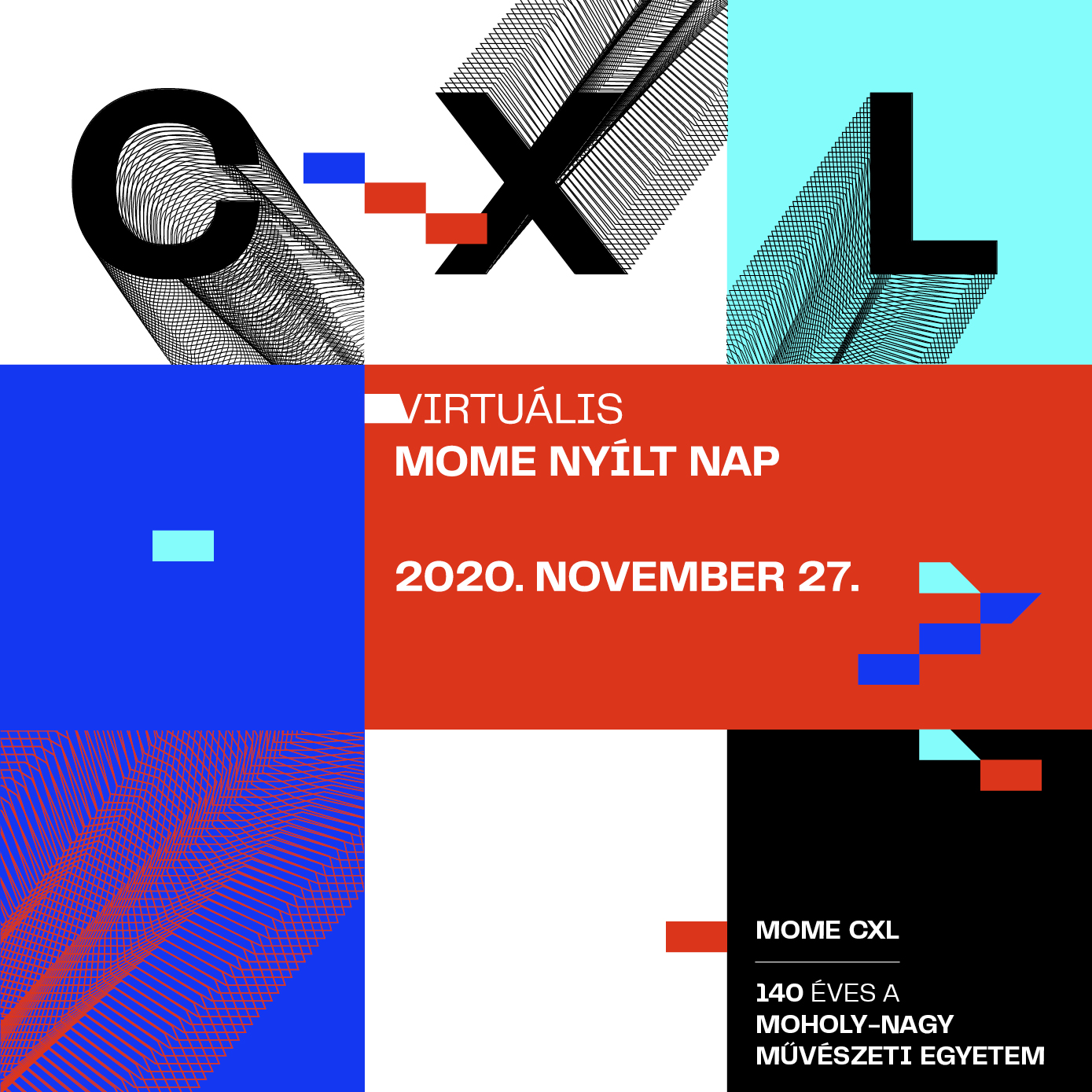The aim of Technical Studies 6 is, first, to develop the technical knowledge of architecture students into a routinely used tool, to reinforce their INTEGRATING COMPLEX VIEW AND APPROACH, which enables them to recognise the interaction between various disciplines. Second, to provide an extensive overview of the typical structures of more complex buildings, with regard to their support structural and construction properties (e.g. architectural placement and operation, maintenance space requirements, window/door dimensions, minimum headroom requirements, special building structures such as e.g. pressure discharge surfaces, etc.). Continuing the main arc of thought behind the four areas of technical knowledge in the BA training period to determine how the technical information, constituting a coherent whole from the correlations of the disciplines, together uses their COMPLEX CORRELATIONS AND SYSTEMS to serve the physical (comfort), mental (peace) and spiritual (fulfilment) needs of building users. To incorporate the building engineering information acquired in semesters 3 and 4 into designs through practical, design and live examples. We want to reinforce the complex thinking required for the representation of the building engineering and electrical spaces in building designs.
Lighting Technology II
Students were introduced to the basics of lighting technology in Year II.
Building on these basics, the aim of the one-semester course is to have students
- become familiar with the key aspects of lighting design
- learn about specific lighting technology requirements (e.g. emergency lighting)
- gain more detailed specialised know-how. This will give students, on the one hand, the skills to define the lighting concept for the designer in large-scale projects, to professionally interpret the results of the designer's work and, on the other, to develop the lighting design independently in small-scale projects. During the semester, students become acquainted with a lighting design programme and – through the analysis of various implemented projects – they acquire detailed knowledge to resolve complex lighting problems. As an independent task, each student prepares the lighting design for a smaller-scale project.
Electrical installation: to recognise the extent of the necessity for electrical installation in each building type, and to be aware of the technical requirements thereof in terms of magnitude.
This is ultimately implemented in the sixth semester, namely the second semester of the COMPLEX Technical Studies course.
